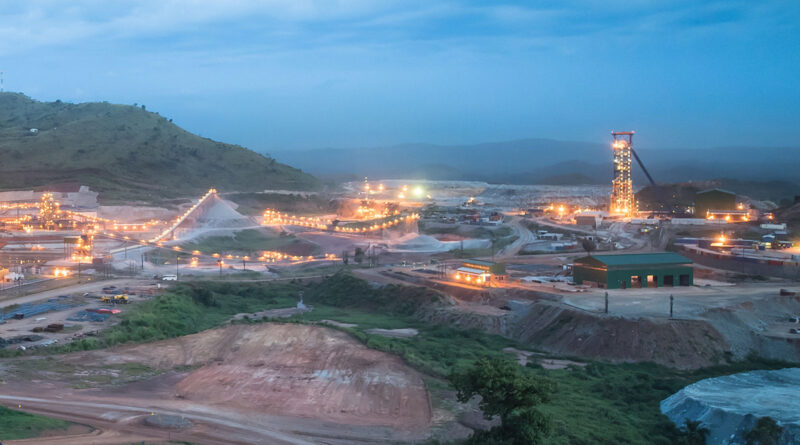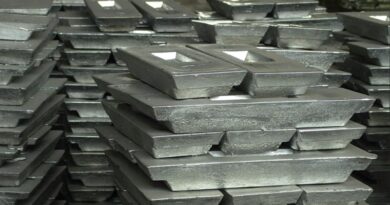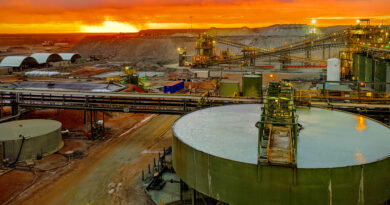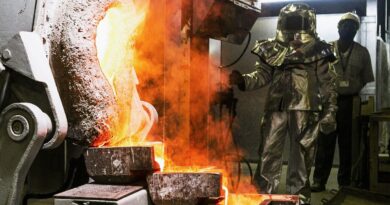Kibali maintains momentum on course to 2021 production target
Kinshasa, Democratic Republic of Congo – After a strong start in the first quarter of 2021, the Kibali gold mine, one of the largest in the world, remained on track at the halfway mark of the year to achieve its annual production guidance, Barrick president and chief executive Mark Bristow said here today.
Speaking at a media briefing, Bristow added that thanks to an aggressive near-mine exploration program, Kibali was continuing to replace its reserves faster than it was mining them, and now has a resource base that is approaching the 2013 levels when the mine first went into production.
“This means that Kibali should be able to sustain its production rate well beyond the 10-year timetable in its current business plan, thus continuing to create economic benefits for its stakeholders in a region where its presence has already had a profoundly positive impact,” he said.
Since the development of Kibali started, it has pumped $3.6 billion into the DRC economy in the form of taxes, salaries, payments to local suppliers, and tangible contributions to the infrastructure.
In the year to date alone it has paid $73.8 million to local businesses, in line with its policy of giving preference to Congolese contractors and suppliers. It also prioritizes local employment, and of the 5,341 employees and contractors who were on site at the end of June, 94% were Congolese nationals.
Bristow said Kibali was also a leader in its health, safety and environmental protection programs. Covid-19 protection protocols at the mine had been intensified and a vaccination program was well under way.
It largely uses clean energy, generated by its three hydropower plants. Its water recycling and re-use rate of 78% was above target, reducing its draw from the Kibali river. It continues to reforest the surrounding area, with 6,716 trees planted during the past quarter, and is also actively supporting the Garamba National Park’s elephant protection and general improvement initiatives.
He said Barrick’s success in building and operating a world-class gold mine in a remote part of the Congo was attributable to the mutually beneficial partnerships it had forged with its in-country stakeholders: the central, provincial and local governments; its host community; civil society; and a large corps of highly competent contractors and suppliers.
“We are strengthening our ties with the recently appointed government and are working towards an amicable solution of some outstanding legal and fiscal issues,” Bristow said.
“In the meantime, Barrick continues to invest and re-invest in our future in the DRC. Our short-term focus is on ensuring that Kibali will remain a major generator of economic benefits for all its stakeholders well into the next decade. Beyond that, our exploration teams are already hunting for the next Kibali. Their success rate in finding world-class gold deposits is outstanding.”




